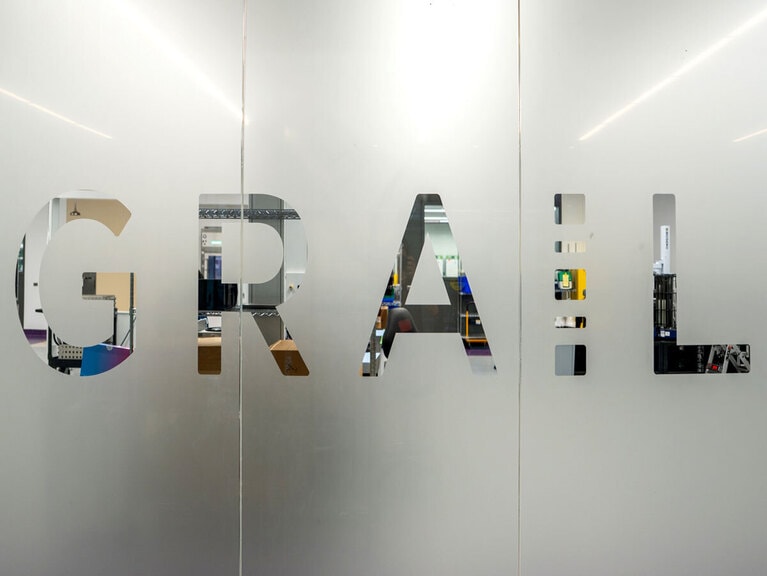Petrocfac’s share price has declined sharply since the middle of May as the company continues to recover from the impact of the pandemic. Interim results in August saw revenue decline year-on-year and this month analysts at Fitch affirmed a B+ rating at the start of October, pointing to a weakening of the company’s pipeline. However, the ratings agency said margins should improve significantly by 2025.
Petrocfac’s [PFC.L] share price has had a volatile 2022. At the start of the year, the energy maintenance and consultancy firm benefited from rising commodity prices. Yet as prices began to cool, so has Petrofac’s share price. Not helping the investment case was August’s interim results that revealed revenue had declined year-on-year.
As of last week’s close of 104.9p, Petrofac’s share price has dropped 9.02% since the start of the year. Between 4 April and 19 May, Petrofac’s share price accelerated from a close of 103.5p to 157.9p as commodity prices peaked. However, the stock plummeted to an intraday low of 100.7p on 14 July as inflationary pressures and cooling commodity prices weighed on investor sentiment.
A recent B+ rating and negative outlook from Fitch is unlikely to be welcome by shareholders. However, the ratings agency suggests that profit margins could improve in the long-term.
Petrofac revenues dip
Petrofac builds the necessary infrastructure for gas and oil production, among other commodities. Its main markets are the Middle East, North Africa and the UK North Sea, although it is looking to expand into Asia, India, the US and Europe.
Energy has been a key talking point this year and October was no exception. This month OPEC+ agreed to cut oil production to production by 2 million barrels a day in a move to push oil prices higher, the largest reduction since 2020. In Europe, EU leaders met in Prague last week to discuss how to lower natural gas prices before winter sets in. In Britain, the National Grid will urge millions of households to reduce energy use to avoid blackouts, including offering smart metre users financial incentives.
Against rising concerns over energy, Petrofac reported half-year results on 11 August. Revenue for the first six months of the year was $1.22bn, down from $1.59bn in the same period in 2021. Net losses were $14m, an improvement on the $89m loss the previous year. Order backlog fell to £3.7bn as of 30 June, down from the $4bn reported on 31 December. Petrofac said that this decline reflected progress on its existing portfolio and low new order intake from its engineering and consulting (E&C) services. E&C accounted for $1.8bn in new orders intake as of 30 June, down from $2.4bn on 31 December.
In the outlook accompanying half year results, Petrofac said that the E&C marketing continues to improve and that “opportunities we are bidding on will start to be awarded in the second half of the year”. It added that “E&C has a $45bn 18-month pipeline of opportunities, with $7bn of bids already submitted and a further $7bn under tender.”
Fitch affirms B+ rating on Petrofac
Analysts at Fitch affirmed their B+ rating on Petrofac on 3 October, saying the outlook remained negative. The outlook reflected low revenue visibility for Petrofac’s E&C business, a weakening of the company’s pipeline, and delays to it being awarded new business. However, the ratings agency noted Petrofac’s business remained solid and liquidity and long-dated debt should limit short-term refinancing risks.
The weak order backlog is the key ratings risk for Fitch. According to the report, a small order book will continue to hit revenue, profitability and cash flow for the rest of next year and 2023. In the long-term, Fitch expects a “strong pipeline of opportunities” and the resolution of an SFO investigation to allow for a “gradual rebuild of new orders to $3.5bn–$3.8bn annually in 2023–2025”.
Fitch said it expects weaker operating profitability in 2022 and 2023 on subdued revenue due to lingering impact of the pandemic, yet margins should increase in 2024 to 2025.
Despite the short-term decline in revenue, Petrofac has scored several new projects already this autumn that could provide some investor cheer.
In September, the company was awarded a three year contract extension by Serica Energy [SQZ]. Under the terms of the contract, Serica will provide maintenance and consulting services to Serica Energy’s Northern North Sea asset, the Bruce Platform Complex.
At the start of October, Petrofac took over operations at the Northern Endeavour FPSO facility on behalf of the Australian government. As the nominated operator on behalf of the Australian Government, Petrofac is responsible for the safety and day to day operation of the FPSO, as well as preparing it for disconnection as part of a decommission contract.
That same month, Petroc won its first new-energy focused project in Chile, supporting a privately-owned group of companies on a green ammonia project. The project is expected to produce over 3GW of power generation and 1.3 tonnes of green ammonia production.
According to the Financial Times, nine analysts polled have a median price target of 178.6p on Petrofac, suggesting a 70.26% upside on Friday’s close of 104.9p. Of the 12 offering ratings, one rates Petrofac a ‘buy’, five ‘outperform' and six ‘hold’.
Disclaimer Past performance is not a reliable indicator of future results.
CMC Markets is an execution-only service provider. The material (whether or not it states any opinions) is for general information purposes only, and does not take into account your personal circumstances or objectives. Nothing in this material is (or should be considered to be) financial, investment or other advice on which reliance should be placed. No opinion given in the material constitutes a recommendation by CMC Markets or the author that any particular investment, security, transaction or investment strategy is suitable for any specific person.
The material has not been prepared in accordance with legal requirements designed to promote the independence of investment research. Although we are not specifically prevented from dealing before providing this material, we do not seek to take advantage of the material prior to its dissemination.
CMC Markets does not endorse or offer opinion on the trading strategies used by the author. Their trading strategies do not guarantee any return and CMC Markets shall not be held responsible for any loss that you may incur, either directly or indirectly, arising from any investment based on any information contained herein.
*Tax treatment depends on individual circumstances and can change or may differ in a jurisdiction other than the UK.
Continue reading for FREE
- Includes free newsletter updates, unsubscribe anytime. Privacy policy





